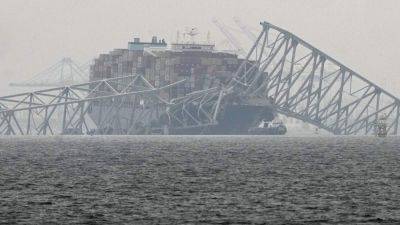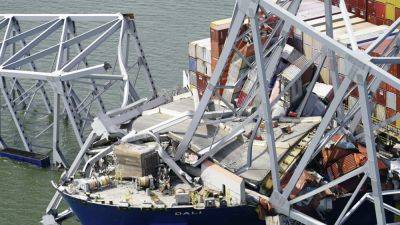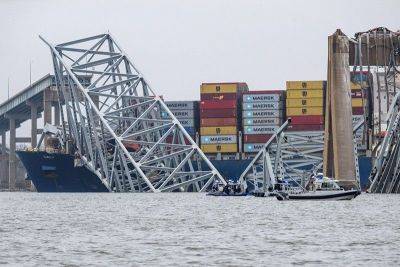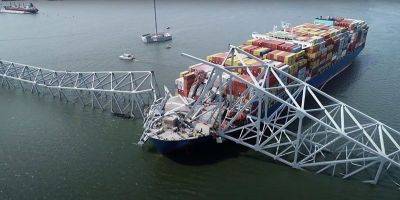DOTr: NSCR to make rail transport ‘more efficient’
MANILA, Philippines — The government has to make the existing train systems “more efficient” with the North-South Commuter Railway (NSCR) project expected to go into full swing, according to a Department of Transportation (DOTr) official.
DOTr Undersecretary Jeremy Regino, in charge of the agency’s railway sector, said the NSCR would replace the Philippine National Railways currently located at grade or on the same level as the road.
The DOTr earlier announced that the PNR would suspend its rail operations in Metro Manila for five years starting March 28 to give way to NSCR construction activities.
The agency expressed hope that the halt in PNR trips from Governor Pascual in Malabon City to Tutuban in Manila and from Tutuban to Alabang in Muntinlupa City will help “speed up construction of the NSCR by eight months and save the government at least P15.18-billion” in expenses.
In an interview over dzBB yesterday, Regino said the new rail line will be elevated, similar to those of the Metro Rail Transit Line 3 or MRT-3 and the Light Rail Transit Lines 1 and 2 or LRT-1 and LRT-2 that will also be connected.
He added that being an elevated rail line, certain inconveniences would be avoided such as delays or suspension of train trips due to railway crossing and flooding.
“Sudden railroad crossings can also be avoided because the PNR will become elevated. Current railways of the PNR are prone to flooding because roads have become elevated, making the alignment become catch basins,” Regino said.
“Our transport system needs to be efficient. It shouldn’t be that in minor flooding, operation stops,” he added.
Trains to be used for the NSCR will also travel faster at a maximum 120 kilometers per hour, according to the DOTr official.
The NSCR is expected to establish train journeys from Clark in Pampanga, passing through Metro Manila, to Calamba in Laguna.







